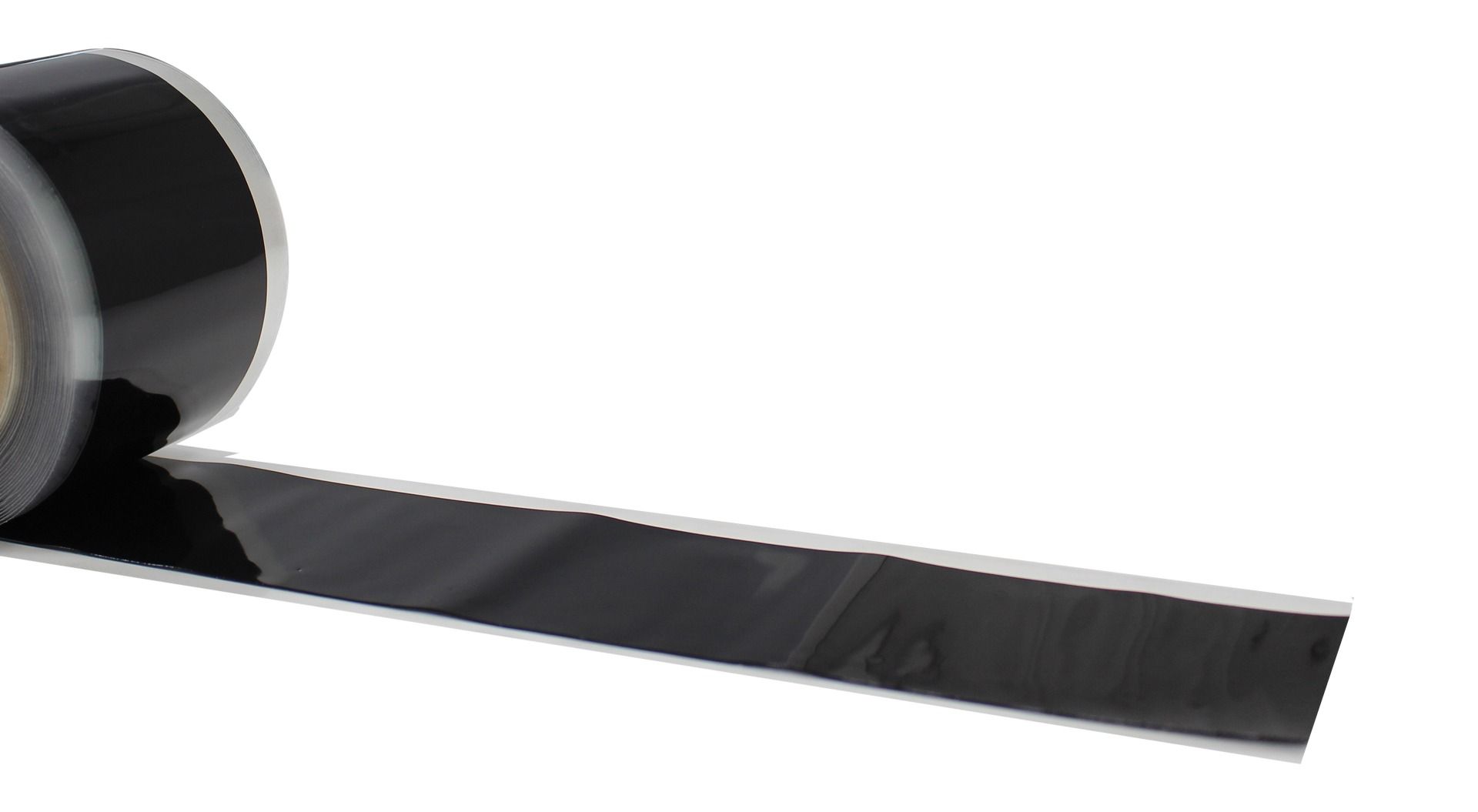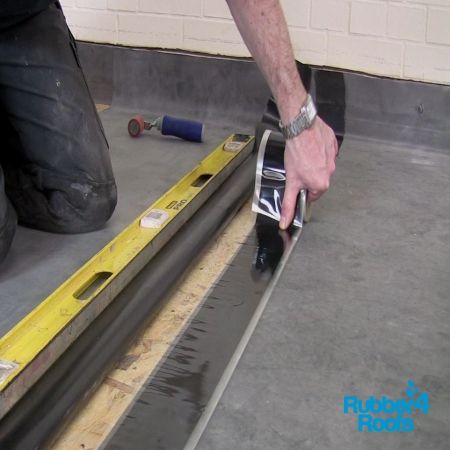3 Inch EPDM Seam Tape
3 Inch EPDM Splice Tape
Used For: 3 Inch EPDM seam tape is used to join two pieces of EPDM membrane when it is not practical to complete the roof in one piece. e.g. "L" shaped Roof
Installation Notes:Ensure your two pieces of EPDM membrane that you wish to join are overlapping by 75 mm (3"). Fold back the top layer and apply Classicbond rubber primer to both surfaces. Wait until the primer is dry to the touch and then, leaving the backing film on the splice tape starting at one end stick the tape down onto the bottom EPDM membrane.
Use your hand to smooth down the splice tape ensuring there are no creases. allow the top membrane to fold back into position and then peal away the backing film pulling at a 45 degree angle while smoothing the top membrane over the seam tape with your hand. Use Seam Roller to apply pressure
Bonding to other surfaces: The seam tape can be used to join the EPDM rubber membrane on to both TPO and PVC roofing systems. The tapes are often used to repair damaged TPO and PVC as a cost effective alternative to replacing the whole flat roof. When joining the rubber membrane to uneven or granular built up roof surfaces, such felt or Asphalt, we recommend the use of a Termination bar and water cut off mastic (water block)
| SKU | CB-Tape03 |
|---|---|
| Stock Type | Warehouse Fulfilled |
| Width | 75mm (3") |
| Brand Name | ClassicBond |
| Material | Synthetic Rubber |
| Color | Black |
| System Compatability |
|
-
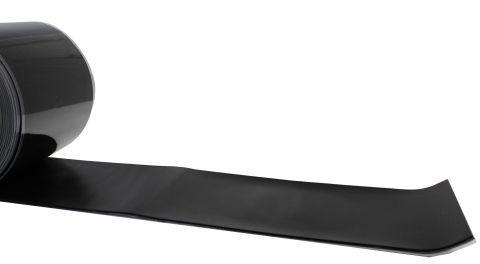 6 Inch Cover Tape£14.52 £12.10
6 Inch Cover Tape£14.52 £12.10 -
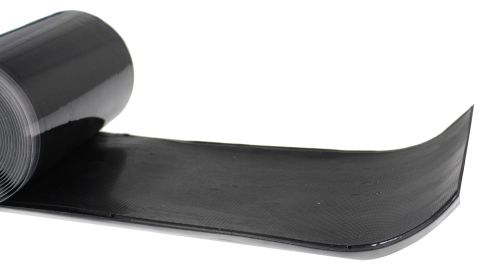 9 Inch Elastoform Uncured EPDM Tape£24.42 £20.35
9 Inch Elastoform Uncured EPDM Tape£24.42 £20.35 -
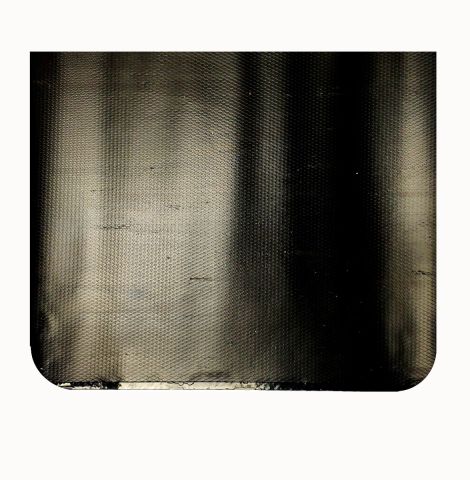 External Corner Patch Uncured Tape£7.70 £6.42
External Corner Patch Uncured Tape£7.70 £6.42 -
 Internal Corner Patch Uncured Tape£3.94 £3.28
Internal Corner Patch Uncured Tape£3.94 £3.28 -
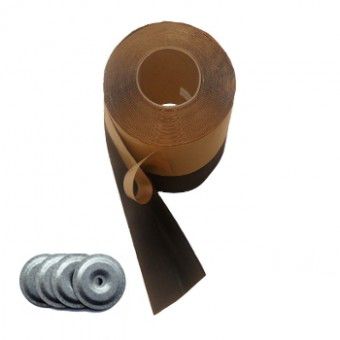 Russ Tape - Mechanical bonding£13.44 £11.20
Russ Tape - Mechanical bonding£13.44 £11.20

